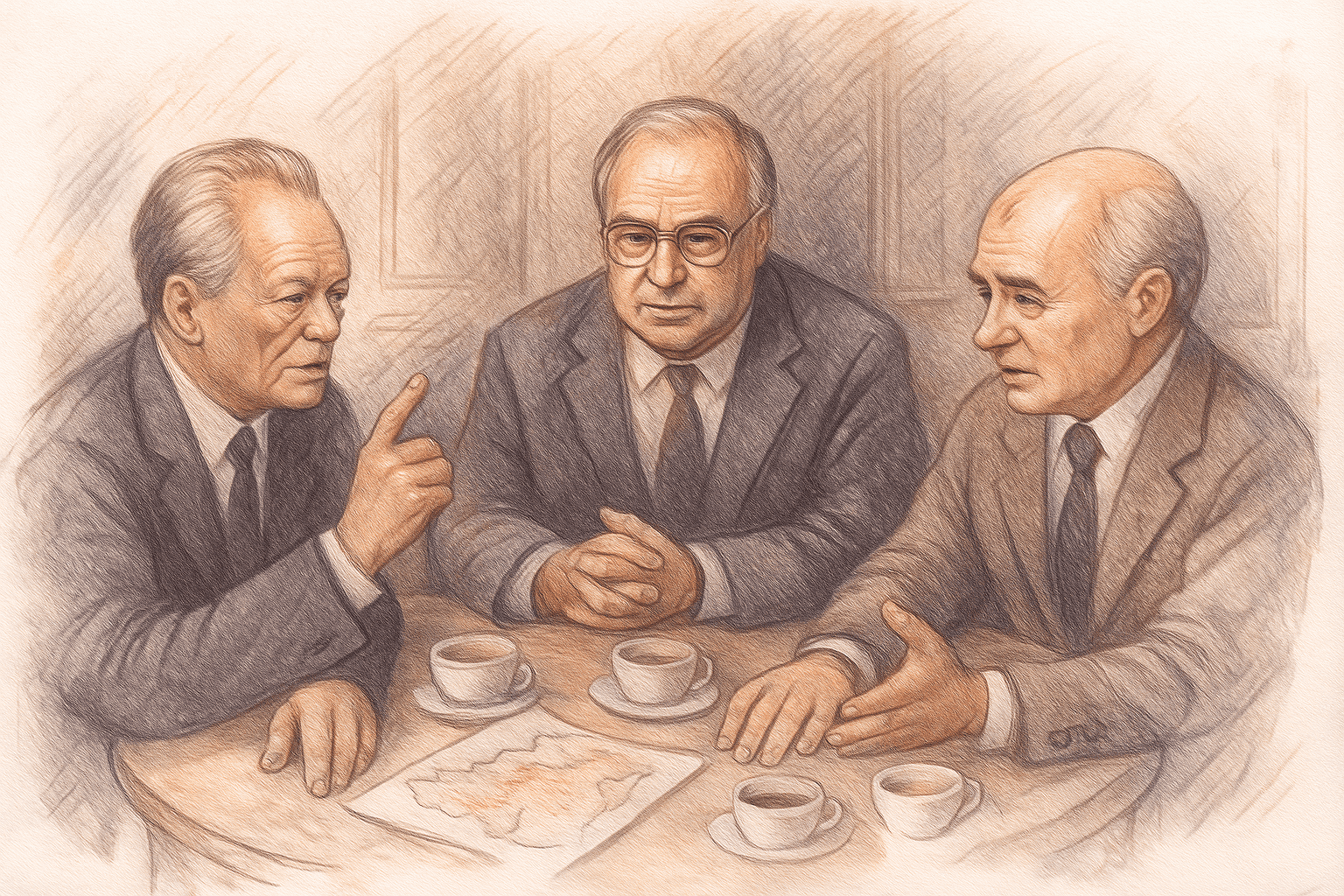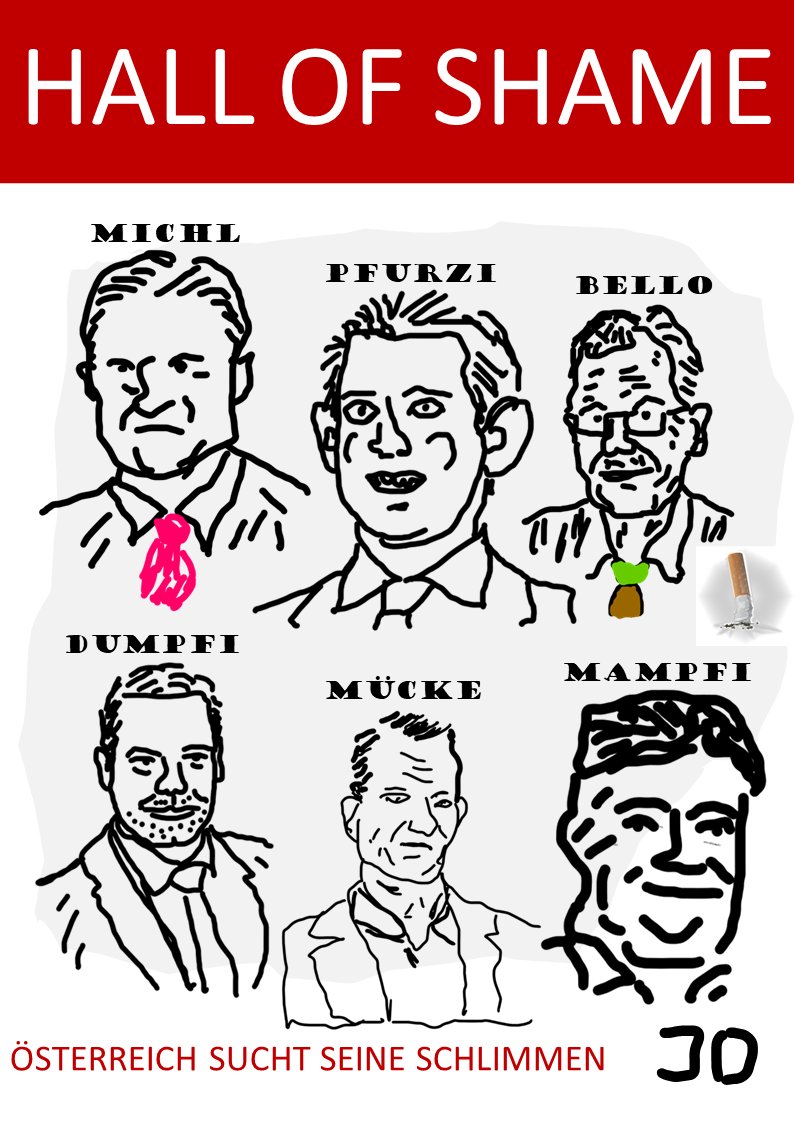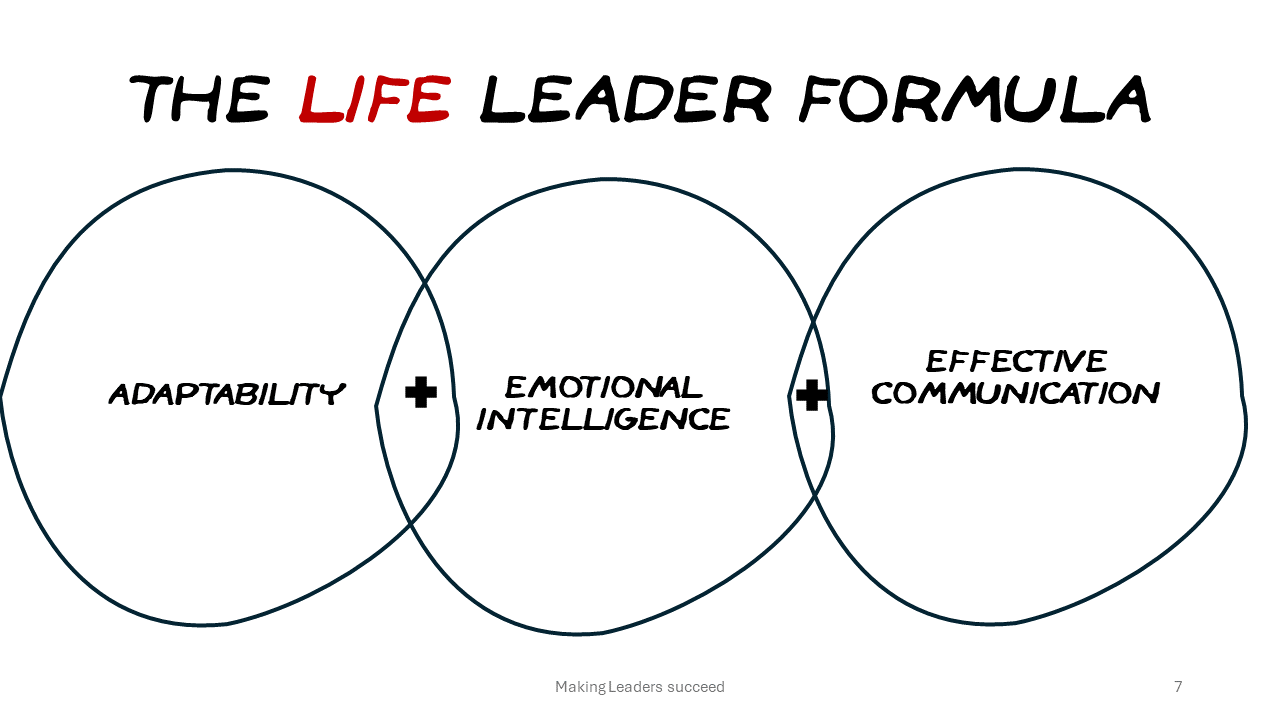How each would justify the trade-offs
– Brandt: Begin with “change through rapprochement.” Human contact and verifiable steps build trust. Defer the hardest files while making daily life safer and restoring political space.
– Kohl: Tie peace to Europe’s fabric—law, markets, and reconciliation. Be firm that borders aren’t changed by force, but once the guns fall silent, be generous: a Marshall Plan for Ukraine and a path for Russia back into lawful cooperation if it complies.
– Gorbachev: Make security indivisible. Replace confrontation with arms control and transparency. Let Ukraine be whole and free, and address Russia’s stated fears through treaties, not spheres of influence.
Red lines and safeguards
– Nothing about Ukraine without Ukraine; no imposed neutrality or territorial concessions.
– No recognition of annexations achieved by force; any status questions require free, internationally supervised processes after conditions for genuine choice exist.
– Guarantees must be credible and enforceable; verification must be intrusive and tech-enabled.
– Violations trigger automatic snapback of sanctions and reinforcement of Ukraine’s defenses.
What makes this viable
– It sequences the insoluble (final status) behind the solvable (ceasefire, safety, exchange, pullbacks).
– It combines firmness on law with an offramp: sanctions relief and economic re-entry only after compliance.
– It rebuilds a European security architecture so deterrence and détente can coexist.
Ultimately, any settlement depends on Ukrainian consent and durable verification.
This roadmap offers a structured way to reduce violence quickly, protect civilians, and create space for a lawful, lasting political outcome.
Below is a fictional roundtable imagining how Willy Brandt, Helmut Kohl, and Mikhail Gorbachev—drawing on their real-world philosophies—might discuss and propose a pathway to settle the war in Ukraine.
Brandt: We begin with the human beings who are suffering. My experience taught me that reconciliation starts with practical steps that reduce fear and pain. A ceasefire that holds, verified by independent monitors, is the first bridge. Without it, no grand design survives.
Kohl: Agreed. But the bridge must stand on law. Any settlement must reaffirm Ukraine’s sovereignty and territorial integrity under the UN Charter. We can be pragmatic on sequencing, but we must be principled on ends. Western unity and support for Kyiv are essential to get serious negotiations.
Gorbachev: And we must not forget the lesson of the “common European home.” Security is indivisible. If one side feels cornered, the house cracks. We need arrangements that address Ukraine’s security needs and also create a wider European security framework so that the conflict does not simply freeze and then reignite.
Brandt: So we proceed in phases, combining moral clarity with workable steps. First, silence the guns; second, protect people; third, build a political horizon that both deters aggression and offers a path back into lawful cooperation.
Kohl: Phasing is right. Sanctions relief must be tied to verifiable steps, not promises. And resources for Ukraine’s reconstruction should be guaranteed early so people see a future worth defending and returning to.
Gorbachev: The wider framework is key. We need a Helsinki 2.0—an updated European security conference that includes the United States, the EU, Ukraine, Russia, and neighbors, reviving arms control and incident-prevention measures. Without that architecture, any bilateral deal will be brittle.
Brandt: We must also respect agency: nothing about Ukraine without Ukraine. External guarantors support; they do not substitute.
Kohl: Concretely, the plan requires clear enforcement: snapback of sanctions for violations, and monitoring with teeth. Germany and partners can finance, but we must be frank about conditionality.
Gorbachev: And we should design off-ramps. If compliance comes, reintegration into economic cooperation should be visible, step by step. No humiliation, but no impunity.
A joint roadmap they might table
Phase 1: Immediate de-escalation and humanitarian stabilization – Nationwide ceasefire tied to a verified pullback of heavy weapons behind agreed lines; 24/7 monitoring by a reinforced UN/OSCE mission with access and technology to detect violations. – Protection of civilians: demining surge; safe zones around critical infrastructure; a no-strike pledge and IAEA-enforced safety regime for nuclear facilities, especially Zaporizhzhia.
– Comprehensive prisoner-of-war exchanges, return of unlawfully deported civilians (including children), and open humanitarian corridors supervised by the UN and ICRC.
– Grain and energy corridors guaranteed through a Black Sea incident-prevention mechanism involving Turkey, the UN, and coastal states.
Phase 2: Political framework and security guarantees – Principles: reaffirmation by all parties of the UN Charter, Ukraine’s sovereignty and territorial integrity, and the inadmissibility of acquiring territory by force. A formal “nothing about Ukraine without Ukraine” clause.
– Status questions: a deferral mechanism. No recognition of unlawful annexations; instead, an agreed timeline to negotiate special administrative arrangements for contested areas under international law. Any local governance modalities occur only after the return of displaced persons, withdrawal of foreign forces, and under UN administration with robust observation to ensure free civic life. No votes or status changes under occupation or coercion.
– Security for Ukraine: a guaranteed security package comprising long-term military assistance, air and missile defense, and legally binding security assurances by a coalition of guarantor states. These are defensive in nature, triggered by violations, and compatible with Ukraine’s chosen Euro-Atlantic trajectory.
– Wider European security: convene a Helsinki 2.0 process to negotiate:
– A Conventional Forces in Europe 2.0 agreement with verifiable caps and transparency.
– Risk-reduction measures: hotlines, incident notifications, restraints on missile deployments near borders, and a Black Sea code of conduct.
– An updated INF-style dialogue on medium-range missiles and unmanned systems. – Cyber and space confidence-building measures focused on critical infrastructure.
Phase 3: Justice, reconstruction, and normalization
– Accountability: support for ongoing international investigations into war crimes and the crime of aggression; a hybrid tribunal model can be considered. Pair this with a truth and documentation mechanism and targeted amnesties for low-level, non-atrocity offenses to enable social reintegration.
– Reparations and reconstruction: – A Ukraine Recovery Facility funded by donors and, to the extent lawful, by windfall profits from immobilized Russian sovereign assets; principal questions handled within international legal frameworks.
– War-risk insurance and investment guarantees to crowd in private capital; priority to housing, energy grid resilience, green transition, transport, and demining.
– Local participation: municipalities and civil society shape project priorities; anti-corruption safeguards built into disbursement.
– Phased sanctions relief strictly linked to compliance milestones:
– Ceasefire holding and access for monitors.
– Withdrawal of foreign forces and verified demilitarization of agreed zones. – Return of deported civilians and POW exchanges completed.
– Progress in political talks and adherence to international rulings.
– Violations trigger automatic snapback.
– Normalization tracks: reopening of consulates, cultural and academic exchanges, and trade in non-strategic goods as compliance advances—reversible if backsliding occurs.
Roles and guarantees
– Contact Group: Ukraine and Russia as principals; EU, U.S., UN, Turkey as core facilitators; Germany and the UN co-chair the monitoring board; OSCE provides the mission backbone.
– Peace support presence: a time-limited UN-mandated mission to monitor lines, protect civilians, and support local administration in contested areas; clear rules of engagement and a narrow mandate to avoid mission creep.
– Public reporting: monthly compliance reports to the UN Security Council and General Assembly to keep global scrutiny and sustain political will.
How each statesman frames the offer
Brandt: We do not ask anyone to forget or to capitulate. We ask them to meet each other in the space where people can breathe again. Step by step, stone by stone, trust is laid. Humanitarian relief and contact between communities must not wait for grand bargains.
Kohl: Strength and unity make peace possible. A settlement without law is a truce with decay; a settlement with law can be the foundation for rebuilding. Europe should commit to Ukraine’s recovery as we once committed to German reunification—seriously, transparently, and for the long haul.
Gorbachev: The common European home is badly damaged, but not beyond repair. If we rebuild the beams—arms control, transparency, mutual restraint—then national security and common security can reinforce one another. That is the only stable end to this war.
Together: The path is demanding and imperfect, but it is navigable. It combines justice with prudence, security with dignity, and national agency with international guarantees. Above all, it puts people first and refuses to accept that war is the only grammar of European affairs.





